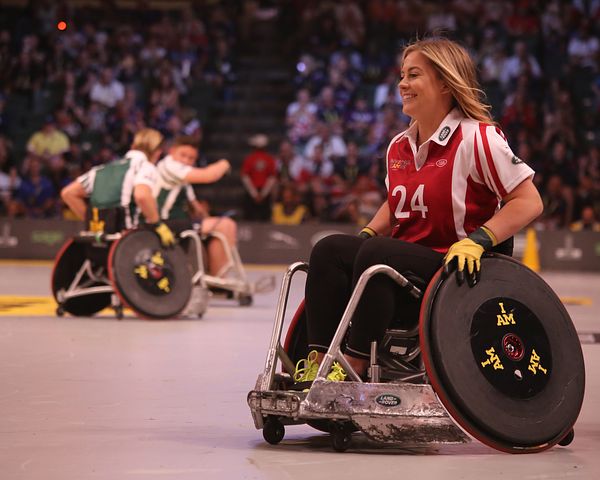When parents and guardians are looking into occupational therapy for teenagers they usually come up with the question of how does it differ from the procedures offered to children. The short answer is that there is a big difference!
First of all the way that a toddler communicates is greatly different to how a young adult would. Occupational therapists (OTs) work on a person’s occupation and the roles that they have associated with it. The role of a 4-year old is on a completely different world compared to a 16-year old. While the issues that both parties face may be similar, the therapy for these issues is worked into the role of their lives.
A great example that can put this into perspective is that a 4-year old may have trouble paying attention and keeping focus. The may not be able to sit for a few minutes to complete a simple activity where a 16-year has a focus and attention issue also but it relates to school projects. The therapy for the young adult will focus on breaking down the project into parts that make it easier to understand so that they can handle the stress load.
Below we are going to explore more of how occupational therapy for teenagers differs from that of children.
What is occupational therapy for teenagers?
First of all if you aren’t familiar with the term “occupation therapy” we’ll give you a quick summary. This type of profession refers to helping people to perform and participate in everyday activities (occupation) throughout their lifespan.
Common examples of OT in the real world refer to the following interventions:
- Helping a child with disabilities participate to the best they can at school and in social scenarios
- Providing assistance to people who are injured to help them regain strength and the skills that they require
- Supporting the elderly with changes in the cognitive and physical abilities
This form of treatment focuses on adapting the environment to the individual in order to fit them best. It isn’t necessarily about changing the person entirely but rather helping them reach their full potential in their environment.
Health professionals will normally interview the family of the individual in order to gain a full understanding of their environment and their condition. Furthermore the intervention will be customized around them in order for the individual to reach their potential and accomplish their goals. Evaluation is conducted by assessing whether the goals have been met and altering the intervention to better meet these goals.
Why OCs work with young adults
 A lot of OTs are faced with the question of why they work with young adults due to the difficulties that they bring. The main reason that OTs work with teenagers is that no people should be refused help. This includes race, age or even gender. Every person should be able to have the opportunity to improve themselves and their life.
A lot of OTs are faced with the question of why they work with young adults due to the difficulties that they bring. The main reason that OTs work with teenagers is that no people should be refused help. This includes race, age or even gender. Every person should be able to have the opportunity to improve themselves and their life.
Additionally therapists are trained to deal with clients throughout their entire life span. As they grow and change so does the therapy around them, however the main point and core reason remains the same. Being able to deal with people at all stages of their life is very important for their growth as well. It can a very stressful time getting a therapist and imagine the feeling you would have if the person that you have worked for, for years can no longer provide help due to your age.
This point in particular is why these professionals provide occupational therapy for teenagers.
How OTs provide occupational therapy for teenagers
Within the ever changing technological world, the basic fundamentals that health professionals focus on for occupational therapy for teenagers are:
- Organisation and planning skills
- Typing and writing skills
- Methods for handling stress and anxiety
- Interview skills
For young adults who are already in the workplace, some skill development may also focus on filing, answering phones and delivering items to people. The goal is to mimic the office setting and set up the skills that are expected to excel in these environments.
The occupational therapy for the teenager is adapted to the specific scenario in order for the best growth of the individual. There’s no point in giving a teenager tasks that are expected of a 4-year old even though at its core the main skill is the same. The intervention depends upon the individual and where they are in their point of life.
While certain people may find that adapting things to different points in people’s lives can be difficult, these health professionals are fully equipped to do it. They excel at occupational therapy for teenagers and will be able to create a tailored intervention to meet any person’s needs.




